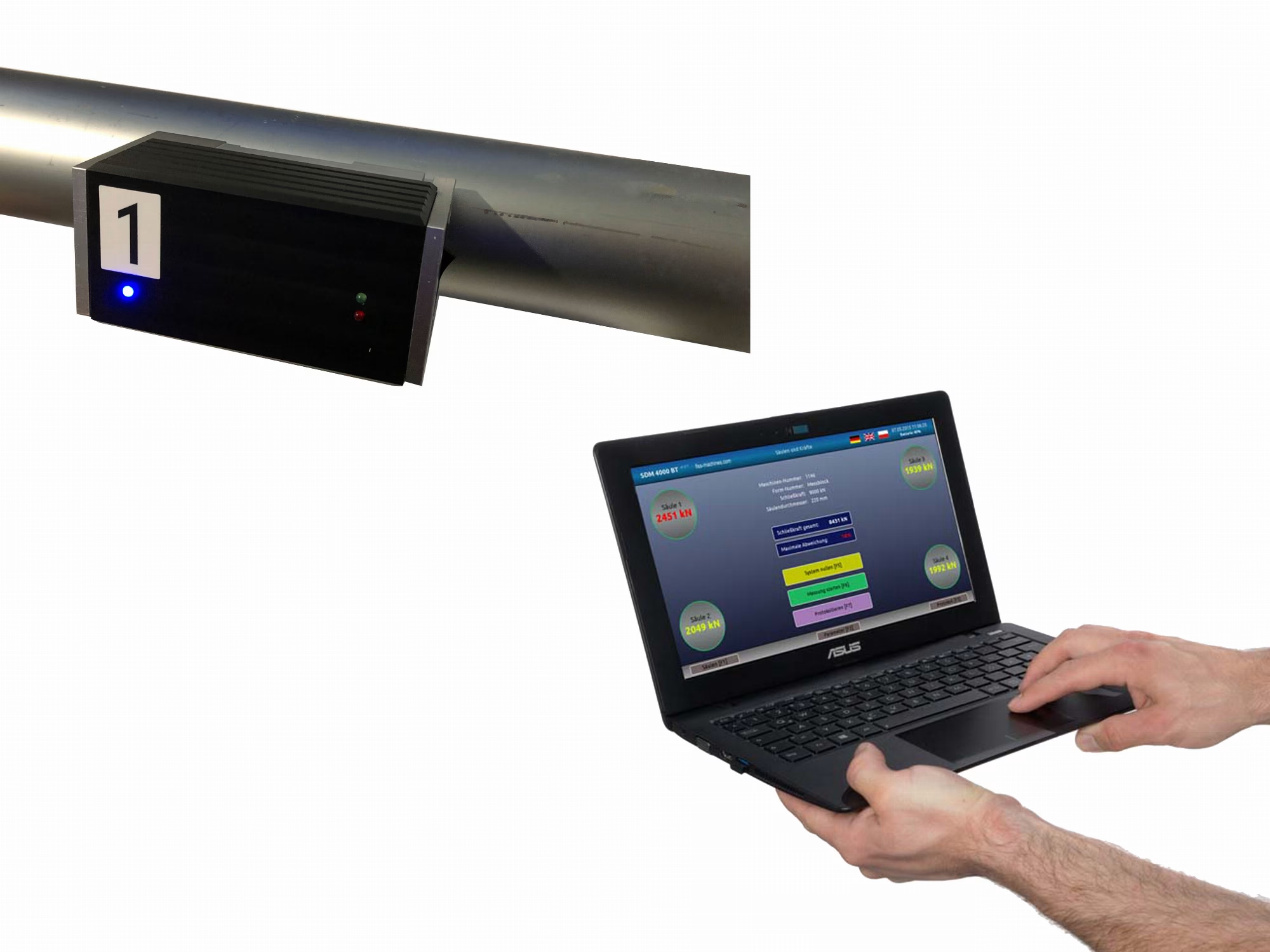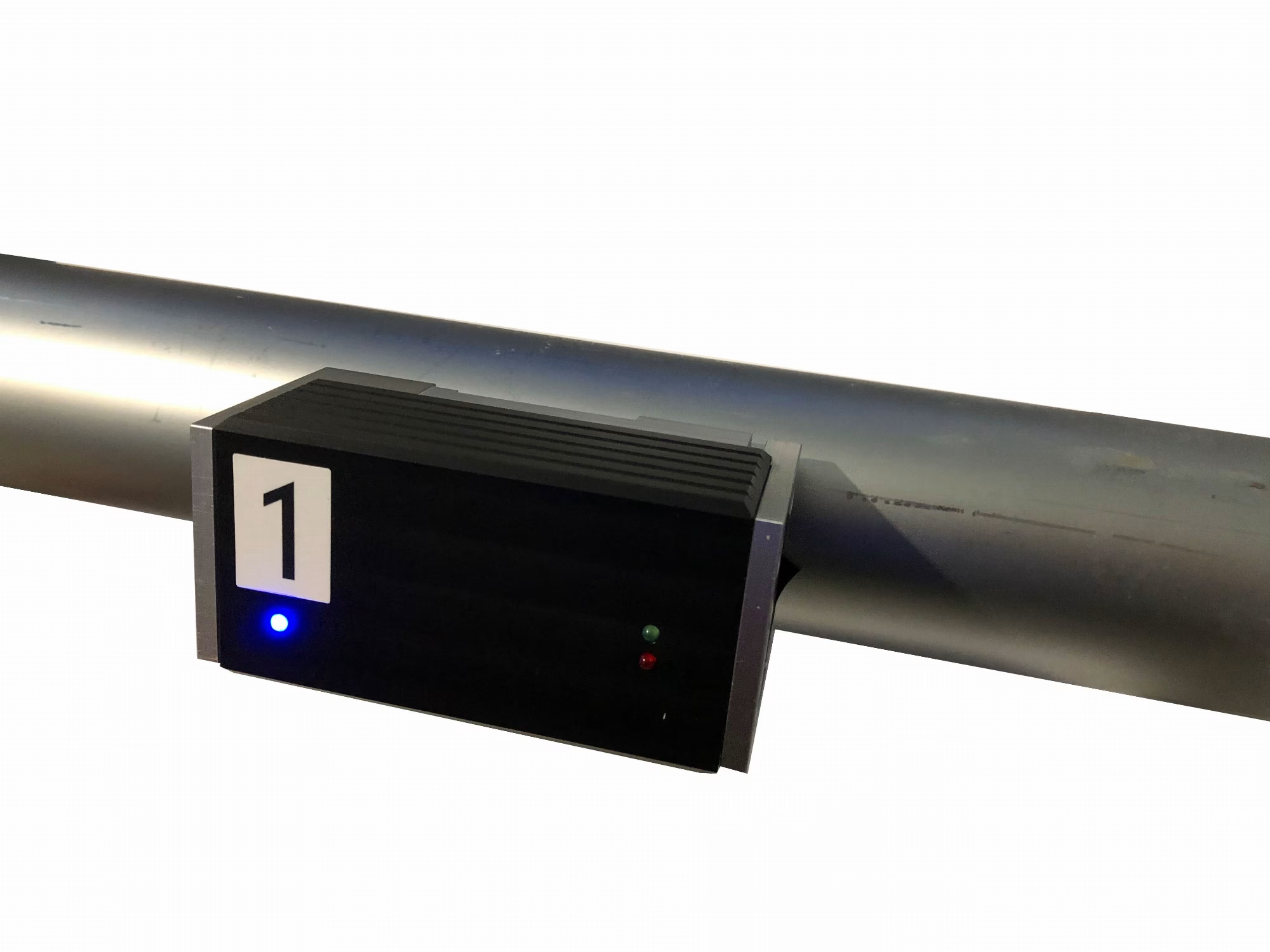
Pressure die casting systems are subject to very strong forces. At the same time, requirements for castings are extremely steep: getting as low reject rate as possible requires maintaining constant quality within narrow tolerance limits. Such high standards can only partially be achieved by using high-quality mould locking assembly and materials. Quality of products also depends on mould locking kinematics and high drops of temperature present in the pressure die casting system.
Foundry material is naturally very hot. Tools for pressure die casting must be evenly thermostated to avoid deformation. This is ensured by thermostating channels in inserts, connected to thermostating units via hoses. Constant heating and cooling may gradually impair dimensional precision even for strongest mould locking assemblies of a pressure casting machine.
This is especially true for the locking tie bars which transfer clamping force onto the pressure mould. The tie bars are also constantly expanded when clamping a pressure mould, and then stretched during opening. Any change in the shape or length of this locking assembly element can affect parallelism of the mould halves, and therefore the cavity. Therefore, for complex castings requiring high clamping force, it is recommended to control the tie bar extension.
How does the tie bar extension momentary control work?
Solids with fixed geometry, such as the cylindrical tie bars of the locking assembly in the pressure die casting system, have this advantage that they deform uniformly when exposed to temperature variations. Therefore, you do not have to examine the entire tie bar to measure its length change. Just several centimetres is enough. Tie bar extension measurement systems operate based on this property.
Our tie bar extension measurement system consists of a extensometer sensor with a clamping magnet, and four hardened steel wheels which are connected with each other via very sensitive sensors. Modern tie bar extension measurement systems have their own power supply and wireless communication interface. They measure the momentary tie bar extension and transmit it to a netbook.
Values for each tie bar are recorded and analysed there. In the case of any deviations from casting tolerances, the tie bar extension parameter may indicate a possible cause. Varied tie bar extension may, however, be used as an indicator of how the machine works even if there is no risk of permanent mould deformation. Clamping force is calculated and displayed for each tie bar, which serves as the basis for assessing the condition of the locking assembly or the mould.
Fiss mobile tie bar extension measurement systems
Fiss offers top-quality tie bar extension measurement systems that are tailored to specific plants. All relevant data are transmitted via wireless communication module to a netbook where you can read and analyse them at any time.
Our measuring instruments are virtually everlasting. Being precision measuring systems, however, they should be calibrated every year, which we can do for you as part of the service.







